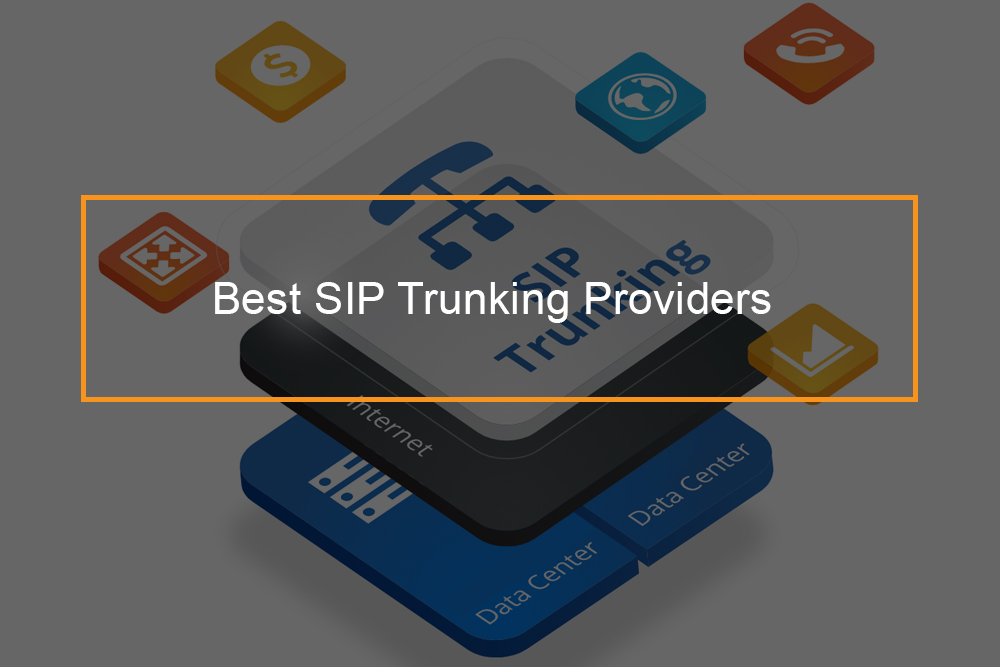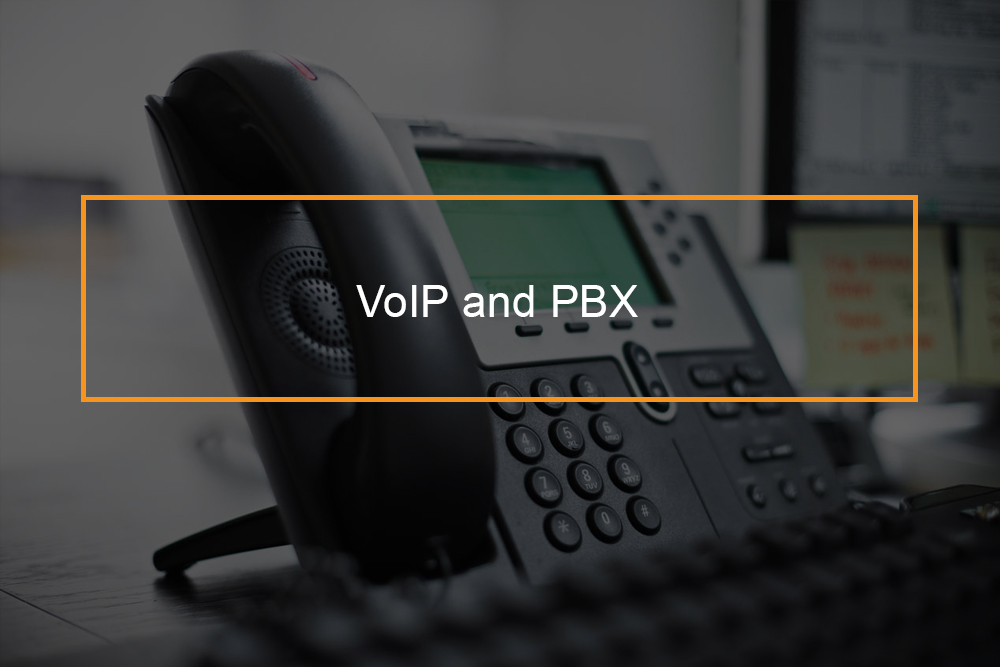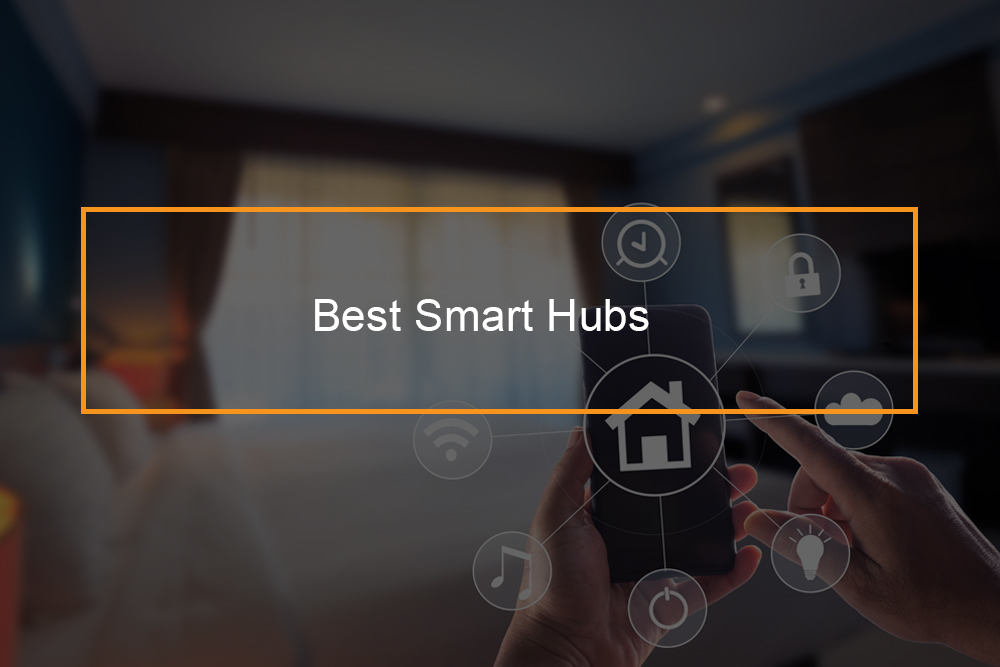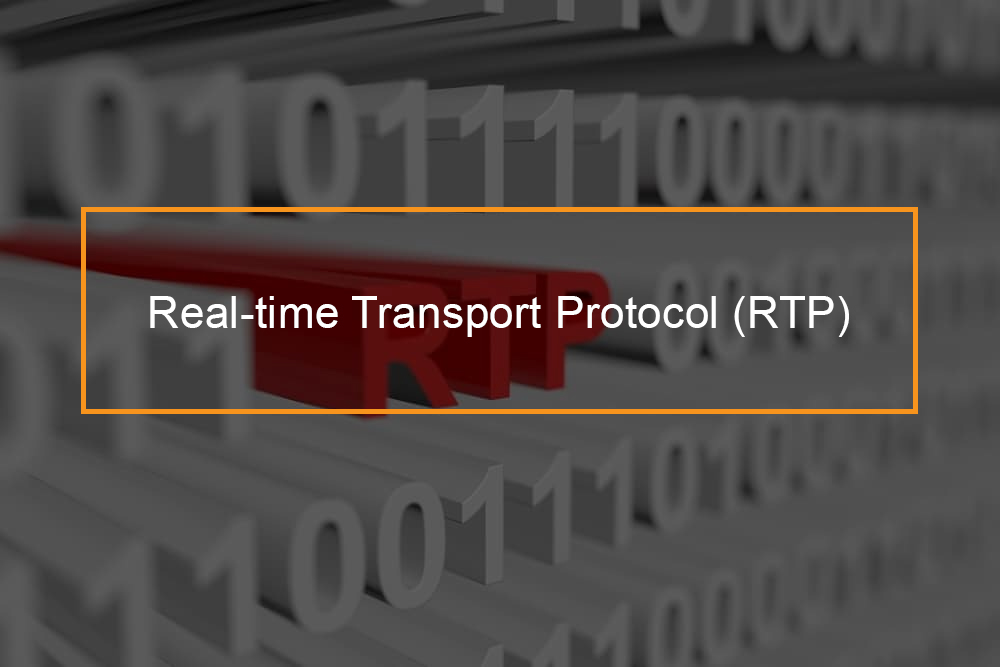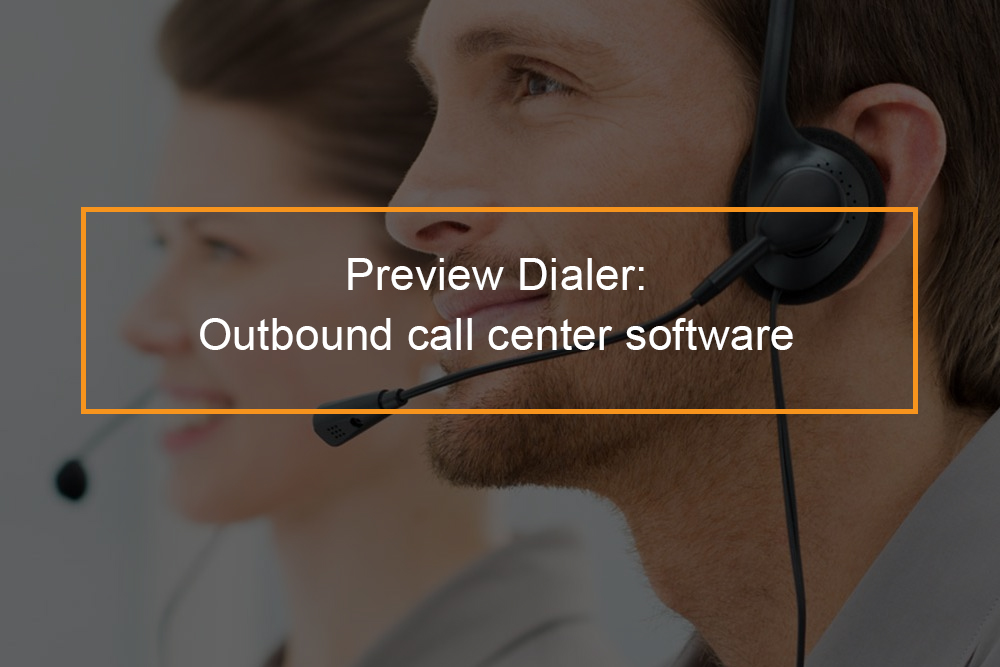UCaaS vs. CCaaS or Both: Choosing what’s best for your enterprise

UCaaS vs CCaaS: Differences, Similarities & When to Use
The battle between on-premise as well as cloud-based services had been won and cloud was the winner. It’s no longer an issue of deciding between on-premises and. cloud services, but rather which cloud communication platform is best for your company.
This is true for collaboration and communication solutions too. With the increase of “as a Service” technologies in the marketplace that rely on cloud technology, more options are available to solve your communication issues for business. This leads to a problem businesses face in the present. What is the difference between UCaaS and CCaaS? Which one is superior, Unified Communications as a Service (UCaaS) as opposed to. Contact Center as a Service (CCaaS)?
Table of Contents
What is the difference between UCaaS and CCaaS?
What is the difference between UCaaS and CCaaS? The major difference between the two UCaaS in comparison to CCaaS can be seen in the fact that UCaaS is focused on keeping teams in touch within an organization (internal communication) and CCaaS is designed to keep customers in touch with sales and support representatives (external communications.)
What is UCaaS?
UCaaS (Unified Communications as a Service) is cloud-hosted software that integrates and seamlessly syncs a variety of different business communications channels onto one platform (a “unified” interface.) Also known as “Unified Cloud Communications,” UCaaS applications enhance the quality of outbound and inbound communications, without the need to constantly switch between different platforms.
The most common UCaaS attributes include:
- Chats between teams
- Video conferencing
- VoIP audio calls
- Whiteboards, screen sharing, and other collaboration tools that can be used in meetings.
- Mobile applications
- APIs and third-party integrations that integrate with CRM tools and project management software.
The Benefits of UCaaS
Below, we’ll discuss the primary advantages of UCaaS.
- No Hardware Costs: In contrast to the on-premise PBX systems or conference rooms that are physically located There’s no need for expensive hardware that will take time to install and also add significant maintenance fees to operating expenses. All you require is an internet connection that’s reliable Internet connection, smartphone, as well as (optionally) VoIP phone systems for desks.
- Better Employee Experience: If your employees work from an office or work from the convenience of their home, having an effective UCaaS platform makes it simpler for them to communicate with team members.
- Cost-Effectiveness: In most cases it is more affordable to sign up to an UCaaS platform than to purchase individual subscriptions to each feature or tool your business may require. There are a variety of options available, including Zoom, Jira, and Mixpanel; however, although you’ll probably get higher-end features, the yearly subscription costs will probably be more expensive than other UCaaS platforms currently available on the market.
- Improved Team Collaboration: In both remote workspaces as well as physical offices, there’ll be situations where employees operate on their own, instead of sharing their work with colleagues. This lack of collaboration could result in slower turnaround times and greater frequency of miscommunications. But, implementing UCaaS software will allow employees to understand what their colleagues are working on, and opens the way to greater collaboration by incorporating features such as collaborative editing and subtask creation.
- Workforce Optimization: Whether you’re an administrator, or someone who is just starting out, an efficient UCaaS platform will assist you in keeping on top of deadlines, delegate tasks to team members and gain a better understanding of timeframes and workflow responsibilities.It can also help companies distribute the workload among several team members, ensuring that nobody is left having a huge amount of work.
-
Mobility: Since the majority of UCaaS solutions come with mobile apps, it will be much easier for employees to be productive traveling regardless of where they are located across the globe! It’s important to note that certain mobile apps are superior to others in relation to UCaaS solutions.
What is CCaaS?
CCaaS (Contact Center as a Service) is similar to UCaaS in that it offers cloud-hosted subscription-based platforms that are designed to simplify communications. The major distinction between them, however, lies in the set of features and purpose of use.
The majority of UCaaS solutions are used for internal communication, this is the reason it focuses on video conference calls, project management and collaboration capabilities. In contrast, CCaaS is meant to be utilized in contact centers, therefore its functions and features focus on external communication as well as tools to improve the customer service experience.
Customers are expecting higher levels of customer service with each new year. In fact 64% of those who are younger than 40 claim that customer support is a secondary concern for the majority of businesses they purchase from.
Due to the sheer volume of transactions conducted exclusively on the Internet (whether through business sites or through social networks) It is essential to provide companies with greater than virtual phone-based service for voice calls.
Common CCaaS features include:
- Multichannel and Omnichannel capabilities in messaging
- Real-time and historical analytics, as well as the contact center KPI reports
- Queuing, routing and call queueing
- SMS text messages
- Voicemail and video voicemail
- AI-powered assist workflows
- Social media messages
- International numbers
- Custom-designed greeting cards
- Live chat
- Menus from IVR
- Intelligent Virtual Assistants (IVAs)
- Automation
- Integrations with Help Desk and CRM
The Benefits of CCaaS
Let’s look at a few of the most popular advantages of CCaaS.
- Cost Savings: CCaaS platforms help save the contact center in a variety of ways. They firstly they cut down on the amount of time wasted because agents switch between tabs or switching between tools during the workday.The cloud services aspect that is the basis of CCaaS options also mean that that contact center personnel can use their mobile devices instead of relying on costly hardware in the office to carry out their tasks. Additionally, CCaaS software tends to decrease the churn of employees which reduces the costs of hiring.
- Better Customer Experience: If you provide customers with various communication channels, and implement self-service options and self-service options, you’ll help them make it easier for them to fix problems on their own or to connect with an agent who will resolve the problem on behalf of them.In short? You’ll have the ability to provide the best customer experience. Hot-desking features that can be ported to mobile apps will also decrease the time to resolve a resolution because agents are capable of working on support tickets even when away from office office.Finally, CCaaS advanced routing procedures ensure that customers are connected to the correct agent at once.
- Scalability and Reliability: At one time, organizations had to be concerned about the reliability and quality of their customer support as they increased the size of their customer support. This could occur due to the physical PBX systems being overwhelmed, agents being working with the same issue or simply an absence of coherence. However, companies with CCaaS infrastructure don’t have to worry about these issues because smart dashboards can assign tickets to agents in a way that is automatic, don’t require additional hardware when scaling, and provide a wealth of analysis that can help you identify issues before they become a problem.
- Stronger Security: CCaaS platforms typically place greater importance on security as they deal with external communications, and therefore are in contact with confidential customer information. Two-factor authentication and encryption from end-to-end are essential when choosing the right CCaaS software.Of course, top UCaaS providers such as RingCentral do have impressive records of success. But there are some UCaaS software providers that in security with crucial features like 2FA not getting standardized across the entire sector yet.
- Efficient Communication: Communication with customers is more efficient across all channels with the CCaaS platform. One reason why it’s more effective is the capacity to keep and sync customer communication and other data across all of your channels.This syncs of conversations across all channels ensures that your customers won’t need to repeat themselves, even when they’re speaking to a brand new person using a different channel. All CRM integrations available for CCaaS solutions further synchronize the customer information for your business.
- Analytics and Insights: Instead of relying upon loosely-connected third-party tools for collecting analytics on your customers, using an CCaaS system that monitors every aspect of agent performance to metrics of the call center will speed up the process of collecting insights to help you target your customers.
-
- A few call center metrics you could track with CCaaS software include:
- First call resolution (FCR)
- Cost per call (CPC)
- Average speed of answer (ASA)
- Customer satisfaction (CSAT)
- Net promoter score (NPS)
- Customer effort score (CES)
- Average handle time (AHT)
-
Increased Revenue: The effectiveness and satisfaction ROI of CCaaS is already worth the investment in and of itself, but there are financial benefits to take into consideration. Being able to communicate effectively as well as automate repetitive tasks and increase the opportunities for sales teams using chatbots and live chat will surely aid in increasing revenue.Lastly the process of upselling or cross-selling to customers is likely to be more effective when your company has an online presence on several platforms. It is possible that they won’t convert the first time you tweet the announcement, but seeing the announcement twice on Facebook can change that.
What are the Differences Between UCaaS and CCaaS?
-
Video Conferencing: Although certain CCaaS platforms have web-based conferencing, generally the web conferencing feature isn’t as popular than UCaaS solutions. This is due to the fact that video conferences are typically utilized for internal communications and not to resolve support ticket issues. Some video conferencing features to look for are:
-
- Screen sharing
- Whiteboarding
- Text chat
- Hand raising
- Virtual backgrounds
- Breakout sessions
- Self-Service Support: One area where CCaaS platforms excel in are customer-self service support.You’d not find any kind of knowledge base on UCaaS platforms, but CCaaS solutions go an extra mile by using chatbots and AI which can offer users resources prior to when they are added to in the customer assistance queue.Having an IVR (Interactive Voice Response) and Chatbots, call routing that incorporate natural language processing, as well as in-house knowledge bases. These are only some of the ways a CCaaS platform will make it easier for customers to address their own problems in one study revealing that 73 percent of customers would prefer self-service.
-
Call Routing: Although UCaaS platforms offer auto-attendants and the ability to route calls, these platforms don’t be as advanced in call routing that you can get with the dedicated CCaaS platform.Certain CCaaS solutions even include visual editors for call flow which make it simpler to determine your plan for routing your calls.
What are the Similarities Between UCaaS and CCaaS?
Let’s take a look at some of the features UCaaS along with CCaaS have in the same.
| Channel Aggregation | Yes, UCaaS focuses on internal communication and CCaaS focuses on external communication.
However, both platforms seek to unify multiple communication channels so admins, customers, and team members can access everything within a single dashboard. |
| Third-Party Integrations | UCaaS and CCaaS platforms often feature large third-party integration galleries, allowing you to use your existing business software in your SaaS solution interface.
However, there’s less similarity when it comes to which tools are available as integrations. UCaaS platforms often emphasize task management and time tracking, while CCaaS leans towards CRM tool integrations. |
| Per-Seat Subscriptions | The pricing structure tends to be rather similar for most UCaaS and CCaaS platforms. Per-seat subscription pricing is by far the most common but there are also solutions of both kinds that charge a fixed monthly rate with unlimited seats available.
CCaaS seats tend to cost $50 to $300 per month while UCaaS subscriptions tend to go for $360 to $480 per year. This means that, on average, UCaaS software tends to be cheaper than CCaaS software. |
An Overview of UCaaS vs CCaaS
| UCaaS | CCaaS | |
| Best For | Businesses that highly depend on voice and video communications for both internal and external communication and team collaboration | Businesses with a high volume of inbound and outbound external communication on various channels, that prioritize and optimize customer experiences |
| Available Communication Channels |
|
|
| Essential Features |
|
|
| Average Monthly Cost | $20 to $40 per month for each seat | $70 to $200 per month for each seat |
| Top Benefits |
|
|
UCaaS and CCaaS: Better When Bundled Together
Contact center employees, office workers staff, remote sales representatives and other departments of the company that depend on efficient communication and collaboration to accomplish their tasks might not always communicate with one another — however the tools they utilize most definitely should.When they mix UCaaS and CCaaS, businesses benefit from both of the tools through a single cloud-hosted service provider. This will result in less costly hardware installation (or possibly none) as well as one source of billing, as well as a single person to talk to should any questions arise.
Let’s look at five advantages businesses can reap by combining UCaaS and CCaaS
1. Stronger Office and Contact Center Collaboration
In some instances contact centers may cooperate closely with other departments for example, outbound marketing agents who forward warm leads internally to sales. Some contact centers might be mostly self-sufficient, however they may occasionally require insights or information from employees of other departments.
If a customer contacts the contact center with an inquiry about a product that the representative is unable to respond to. The agent is able to view the company directory on UCaaS and check the status of employees to determine who is available within the department of manufacturing. They can then begin a chat with an internal expert, and receive instant responses. If the answers aren’t clear and require discussions, the representative is able to connect the customer directly to the expert’s telephone.
2. Better Customer Experience
Many people who call a company don’t realize (or even care) whether they’re speaking to someone at an office in the corporate building or a call center. They are still looking for speedy service and a smooth customer experience. They don’t want to provide their number repeatedly or be told to dial another number. But that’s exactly the situation when office workers and call center representatives are unable to communicate in real-time or direct calls to each other.
Think about a customer who requires technical support. They called the salesperson who offered their product. Instead of providing the customer with the number for tech support, the salesperson could reach out straight to the customer service team, open up a conversation, make sure that someone is available to assist, and then bring the customer on the phone.
The integration of UCaaS/CCaaS is particularly beneficial for functions or industries where the callers need to be authenticated and all interactions recorded and documented for compliance. If the two systems are integrated, the callers need to authenticate at once, even if they’re being routed from one area to another.
3. Optimized CRM Integration
The top unified communication platforms are built to work with CRM (customer relationship management) applications, providing features such as automated call logging. While logged in to UCaaS users will see screens that display a message identifying callers in the coming days and displaying customer information in the CRM database. Users can also be asked to record notes on each contact with the customer, and this information is recorded within CRM’s records.
Through the integration of CCaaS and UCaaS agents in contact centers receive the same capabilities. This means that the CRM system remains up-to-date and teams from different regions and functions can exchange information about interactions with customers -there is no switching or multiple logins are required.
4. Integrated Data
Business leaders have heard for a long time about the need to reduce silos and consolidate their data. The consolidation of communications is an excellent beginning.
In the short run integrated data in communications means that teams from different divisions and functional areas are sharing the same team. In the long term, it’s having the ability to use sophisticated data analysis tools such as the internet of things (IoT) automation AI algorithms, and.
5. Reduced Cost of Communications
As a pair, UCaaS and CCaaS reduce the cost of communications by offering all-in-one shops. Instead of putting together the phone service, conferencing services and video apps Businesses can get all of these services through one platform or two linked platforms, since many businesses think of UCaaS and CCaaS as separate services and choose to purchase the services separately.
In bundling UCaaS and CCaaS companies can access the capabilities of both platforms from a single cloud-hosted provider. This means no expensive hardware to install or maintain, only one bill to be paid and a single platform to use for IT management.
Frequently Asked Questions
What is the difference between UCaaS and VoIP?
UCaaS brings together communication channels onto one platform to improve internal communications. VoIP is a method of communication that allows calls using an internet connection that is broadband instead of traditional landlines which are powered by PSTN
Is VoIP part of UCaaS?
VoIP calls are a component commonly integrated to UCaaS solutions, as are video conferencing, instant messaging as well as project management.


